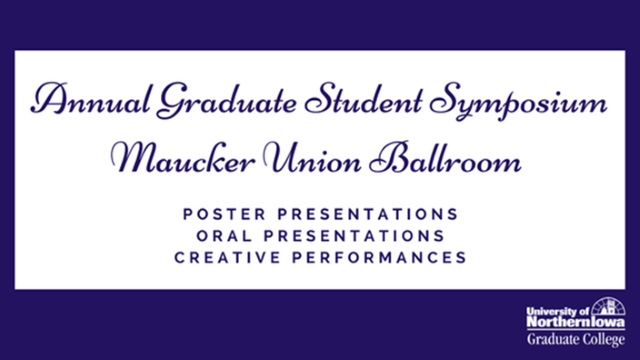
Complete Schedule
A Comparative Study of Bilingual Education Programs In The U.S. and Singapore
Presentation Type
Oral Presentation
Keywords
Education, Bilingual--United States; Education, Bilingual--Singapore;
Abstract
This literature review compares the implementation of bilingual education in two countries, the United States and Singapore. The discussion focuses around the varied issues that might affect the bilingual education programs located in these two different countries. For example, in the U.S., the sociocultural factor of increasing numbers of immigrant children from minority language backgrounds will be the main consideration of schools in certain areas of the country to incorporate bilingual instruction in their curriculum. In another country such as Singapore, where the people come from three major language backgrounds, Malay, Tamil, and Chinese, bilingual education is seen as a solution to accommodate children from those various language backgrounds and thus ensure equal rights in education. This paper will consist of three sections. The first section will describe the current state of bilingual education programs in the U.S. The second section will describe the current state of bilingual education in Singapore. The last section will compare the similarities and differences from bilingual education in the U.S. and Singapore. Comparing the implementation of bilingual education in these two countries is expected to be able to increase our knowledge about the development and effectiveness of bilingual programs around the world.
Start Date
3-4-2019 1:00 PM
End Date
3-4-2019 4:00 PM
Faculty Advisor
Dr. Joyce Milambiling
Department
Department of Languages and Literatures
Copyright
©2019 Muhammad Intizom
File Format
application/pdf
Embargo Date
4-17-2019
A Comparative Study of Bilingual Education Programs In The U.S. and Singapore
This literature review compares the implementation of bilingual education in two countries, the United States and Singapore. The discussion focuses around the varied issues that might affect the bilingual education programs located in these two different countries. For example, in the U.S., the sociocultural factor of increasing numbers of immigrant children from minority language backgrounds will be the main consideration of schools in certain areas of the country to incorporate bilingual instruction in their curriculum. In another country such as Singapore, where the people come from three major language backgrounds, Malay, Tamil, and Chinese, bilingual education is seen as a solution to accommodate children from those various language backgrounds and thus ensure equal rights in education. This paper will consist of three sections. The first section will describe the current state of bilingual education programs in the U.S. The second section will describe the current state of bilingual education in Singapore. The last section will compare the similarities and differences from bilingual education in the U.S. and Singapore. Comparing the implementation of bilingual education in these two countries is expected to be able to increase our knowledge about the development and effectiveness of bilingual programs around the world.


